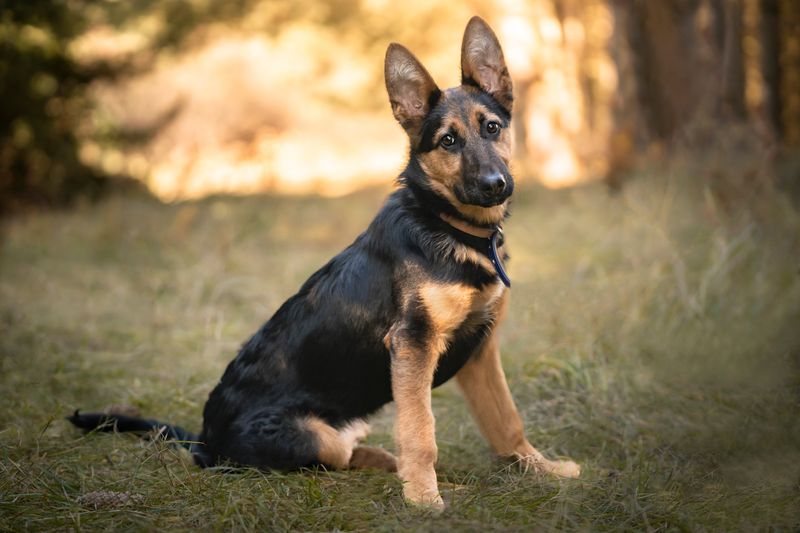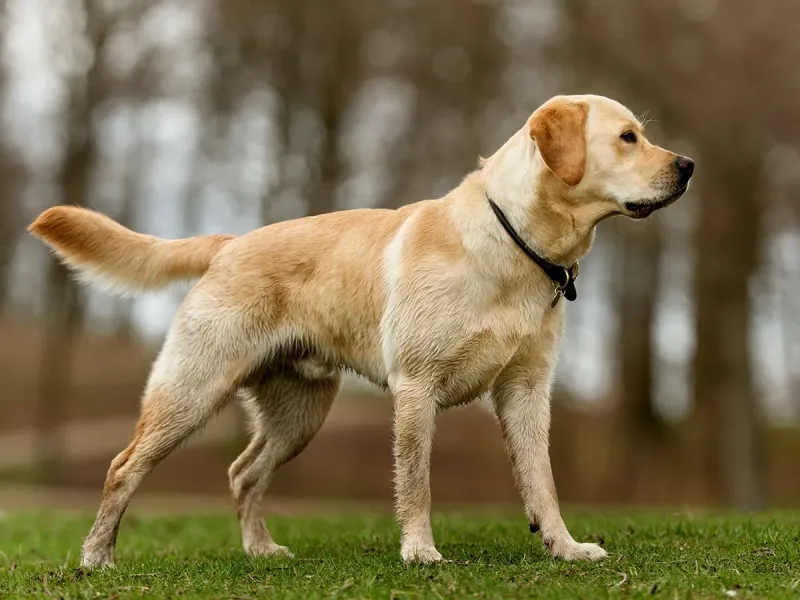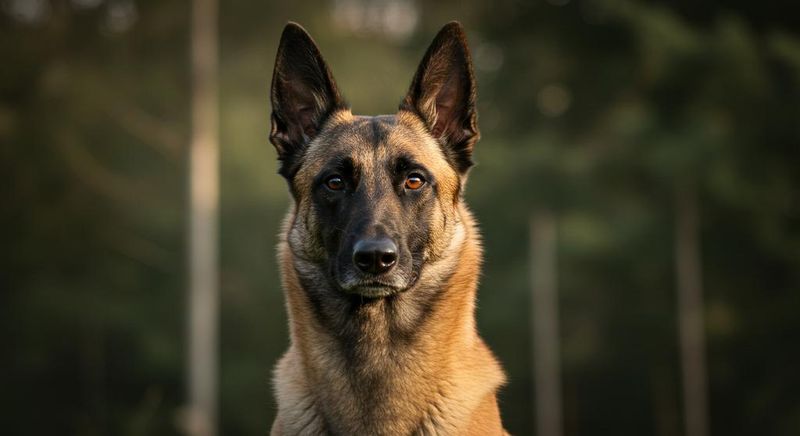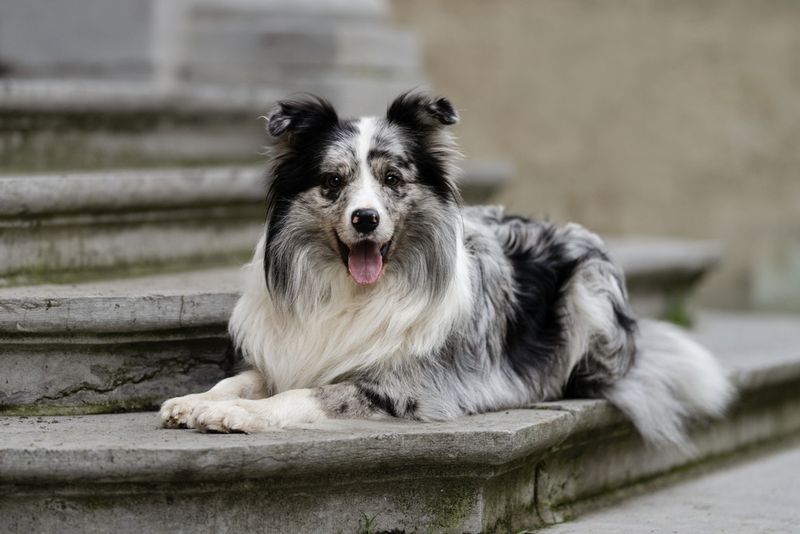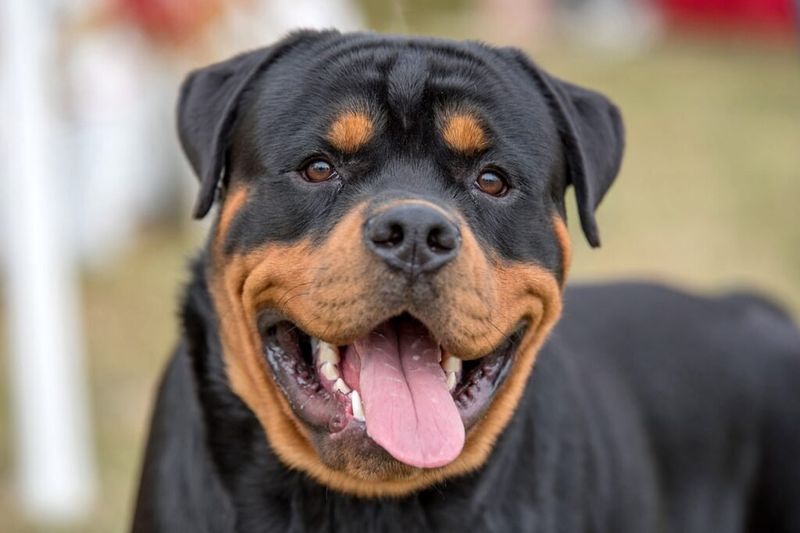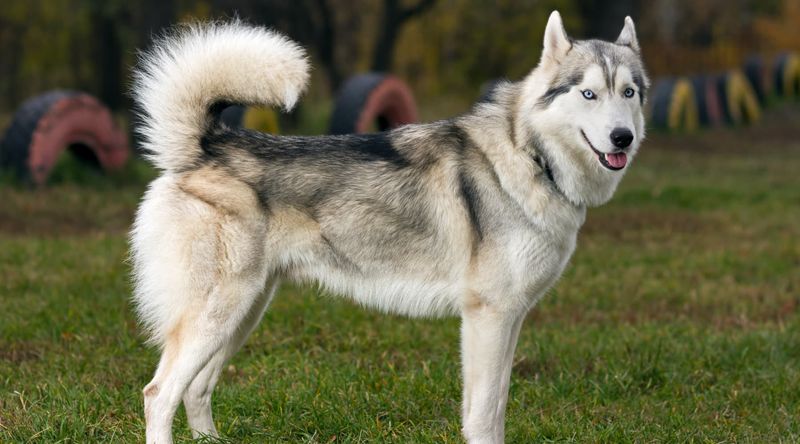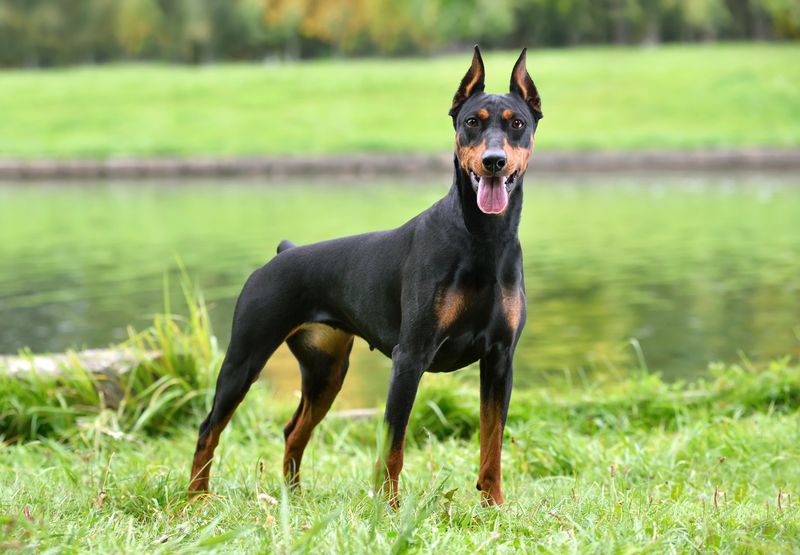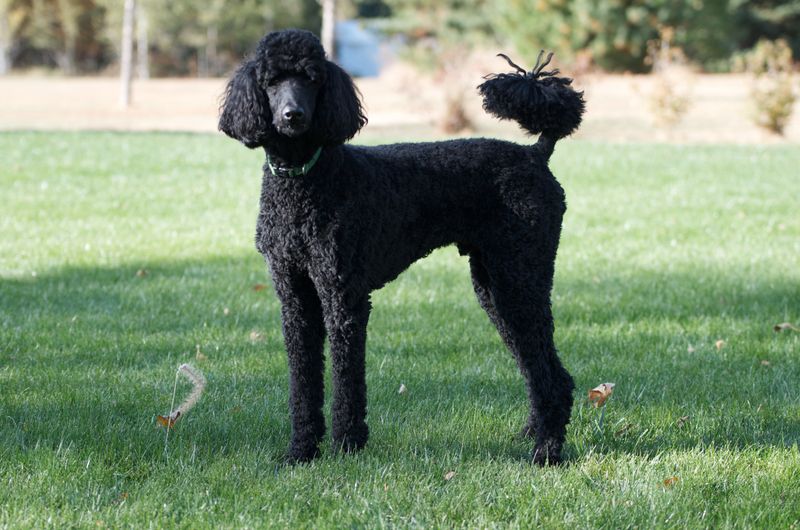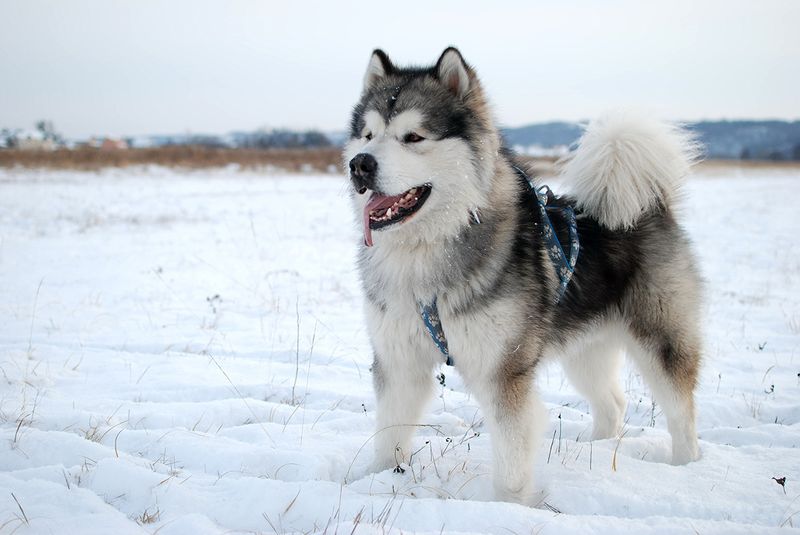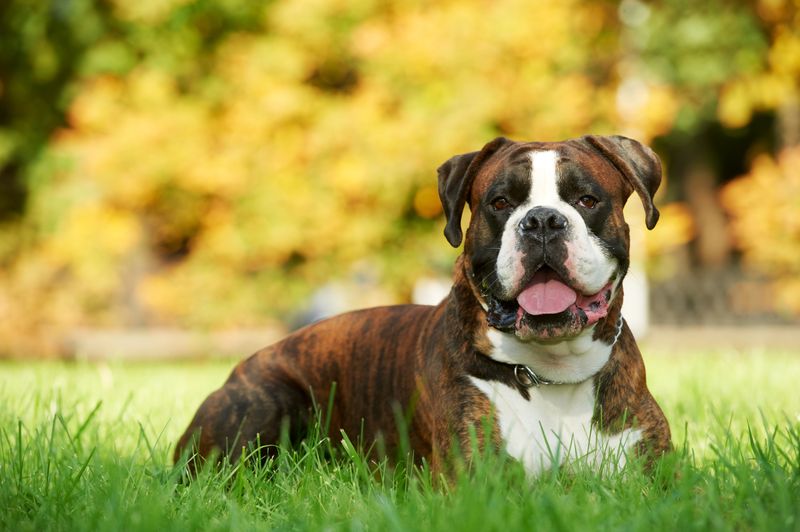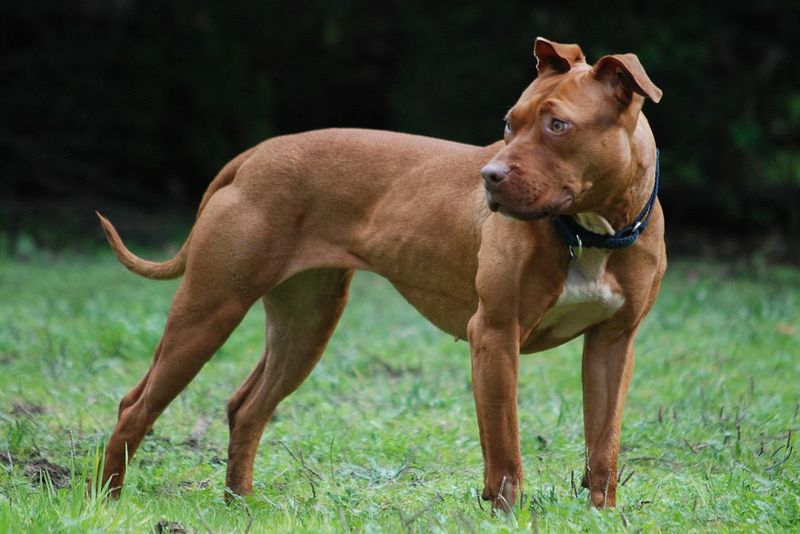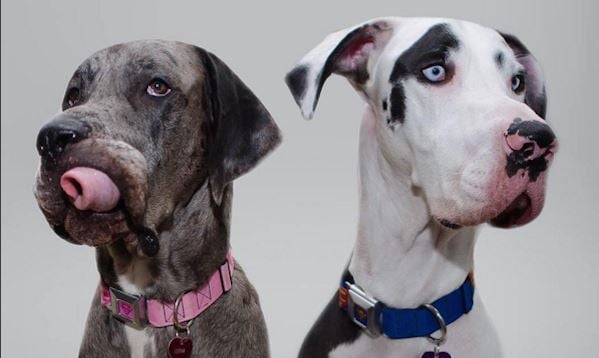11 Brave Dog Breeds That Could Be Your Lifeline in a Disaster
When disaster strikes, having a loyal companion by your side can make all the difference between life and death. Dogs have been our faithful allies for thousands of years, standing by us through everything from war zones to wilderness treks. But in times of true crisis—when every second counts and survival is uncertain—not all breeds are created equal.
Some dogs are more than just pets; they’re protectors, rescuers, and calming forces in the chaos. With sharp instincts, impressive strength, and a deep drive to serve, certain breeds are born to rise to the occasion. Whether it’s tracking lost people, guarding their humans, pulling supplies through harsh terrain, or simply offering emotional support during high-stress moments, these dogs don’t hesitate when duty calls.
You don’t need a badge or uniform to recognize a hero. Sometimes, all it takes is a wagging tail, a determined stare, and a heart that won’t quit.
Here are 11 dog breeds you’d absolutely want by your side in an emergency.
1. German Shepherd: The Ultimate Rescue Professional
Fearless and fiercely intelligent, German Shepherds are the gold standard in disaster response teams worldwide. Their exceptional scent detection abilities allow them to locate survivors buried under rubble long after human rescuers have given up hope.
These dogs can navigate treacherous terrain with ease, thanks to their athletic build and sure-footed nature. Their protective instincts kick in naturally during crises, making them excellent guardians when danger lurks nearby.
German Shepherds also possess remarkable adaptability to changing situations—a crucial trait when conditions deteriorate rapidly. Their unwavering work ethic means they’ll continue searching and helping until the job is done.
2. Labrador Retriever: Resilient Water Rescue Expert
Born with webbed feet and water-resistant coats, Labrador Retrievers excel in flood rescues when other breeds might struggle. These natural swimmers can battle strong currents to reach stranded victims, even pulling adults to safety with their powerful builds.
Beyond water rescue, Labs have the perfect temperament for disaster work—steady under pressure and naturally drawn to helping humans in distress. Their exceptional noses can detect not just people but also gas leaks or other hazardous materials that often accompany disasters.
A Lab’s friendly demeanor provides crucial emotional support during traumatic events. They instinctively know when to provide comfort versus when to spring into action.
3. Belgian Malinois: The Tireless Disaster Scout
Seemingly boundless energy makes the Belgian Malinois a powerhouse during extended disaster operations when other breeds might need rest. These dogs can work for hours in extreme conditions—from scorching heat to freezing cold—without losing focus or effectiveness.
Lighter than German Shepherds but equally capable, Malinois can access unstable areas too dangerous for humans or heavier dogs. Their exceptional agility allows them to navigate collapsed buildings and unstable terrain with remarkable precision.
Military and police units worldwide favor these dogs for their combination of intelligence, drive, and trainability. A Malinois will literally work until exhaustion to find survivors—a dedication that has saved countless lives in earthquake zones.
4. Border Collie: The Quick-Thinking Problem Solver
Often called the smartest dog breed, Border Collies bring unmatched problem-solving skills to disaster scenarios. When standard rescue approaches fail, these dogs can assess situations and find alternative routes to reach victims—sometimes in ways that amaze even experienced handlers.
Their compact size lets them squeeze through tight spaces in collapsed structures where larger rescue dogs cannot fit. Border Collies process information rapidly, making split-second decisions that can mean the difference between life and death during time-sensitive rescues.
These dogs excel at communicating discoveries to their handlers through clear, consistent signals. Their herding background also makes them naturally skilled at guiding disoriented survivors to safety during evacuations.
5. Rottweiler: The Powerful Debris Clearer
Raw strength sets Rottweilers apart in disaster zones where moving heavy debris can save trapped victims. These muscular dogs can pull weights exceeding 100 pounds, clearing paths where machinery can’t safely operate.
Despite their intimidating appearance, properly trained Rottweilers display remarkable gentleness when extracting injured survivors. Their naturally protective nature creates a safety perimeter around rescue operations in unstable areas where additional dangers might emerge.
Rottweilers maintain exceptional calm during chaos—a trait that helps prevent panic among survivors. Their deep chests and powerful lungs allow them to work effectively even in dusty conditions that would compromise other breeds’ breathing and stamina.
6. Siberian Husky: The Cold Weather Lifesaver
When blizzards strike and temperatures plummet, Siberian Huskies become invaluable rescue partners. Their double coats and specialized paw pads allow them to work comfortably in sub-zero conditions that would quickly disable other breeds.
Huskies can detect humans buried under snow using their keen sense of smell, which functions remarkably well even in freezing temperatures. Their natural endurance allows them to travel long distances through deep snow to deliver emergency supplies or medications to isolated communities.
These dogs possess an uncanny ability to navigate through whiteout conditions when visibility drops to zero. A Husky’s instinctive understanding of ice safety can prevent rescuers from venturing onto dangerous frozen surfaces during winter disaster operations.
7. Doberman Pinscher: The Alert Security Guardian
Heightened awareness makes Dobermans exceptional early warning systems during developing disasters. These dogs can detect subtle environmental changes—from shifts in air pressure before storms to minute tremors preceding larger quakes—often before sophisticated equipment registers the danger.
Their speed and agility allow Dobermans to quickly sweep large areas during evacuation operations, ensuring no one gets left behind. The breed’s natural protective instincts create a security bubble around vulnerable disaster survivors when law enforcement resources are stretched thin.
Dobermans possess remarkable focus in chaotic environments, maintaining their tasks despite distractions that would overwhelm other breeds. Their sleek builds and efficient movement help them conserve energy during extended disaster operations where resupply might be impossible.
8. Standard Poodle: The Versatile Disaster Assistant
Surprising to many, Standard Poodles rank among the most versatile disaster response dogs available. Their hypoallergenic coats make them ideal for assisting survivors with allergies or respiratory issues often triggered during disasters.
The breed’s exceptional intelligence allows them to perform multiple specialized tasks—from search and rescue to therapy work for traumatized survivors. Their water-resistant curly coats and natural swimming abilities make them effective in flood rescues without suffering the cold exposure that affects short-coated breeds.
Standard Poodles possess remarkable scent discrimination capabilities, allowing them to track specific individuals through contaminated disaster zones. Their non-shedding nature prevents them from contributing to air quality issues in already compromised environments.
9. Alaskan Malamute: The Heavy-Load Wilderness Rescuer
Bred for hauling heavy loads across vast Arctic expanses, Malamutes become crucial assets when disasters strike remote areas. These powerhouses can transport critical medical supplies, communications equipment, or even injured people across terrain too rough for vehicles.
Malamutes thrive in harsh winter disaster scenarios where other breeds quickly succumb to exposure. Their incredible strength-to-weight ratio allows them to break trails through deep snow, creating paths for human rescuers to follow.
The breed’s natural pack mentality makes them exceptional team workers during complex rescue operations. Malamutes possess remarkable weather prediction instincts, often sensing approaching storms hours before they arrive—giving precious preparation time to disaster response teams.
10. Boxer: The Agile Urban Disaster Navigator
Athletic and nimble, Boxers excel in navigating the chaotic landscapes of urban disasters. Their exceptional jumping ability allows them to move efficiently through multi-level building collapses where other dogs might become stuck or injured.
Boxers maintain impressive stamina in high-temperature disaster zones thanks to their efficient cooling systems. Their natural curiosity drives them to thoroughly investigate areas that might be overlooked, often leading to surprising survivor discoveries days after initial rescue efforts.
The breed’s expressive face and body language make them excellent communicators with handlers during complex search operations. Boxers form unusually strong bonds with children, making them particularly effective at locating and comforting young survivors during frightening disaster situations.
11. American Pit Bull Terrier: The Determined Rubble Worker
Incredible determination makes Pit Bulls exceptional searchers when hope seems lost. Their powerful jaws and strong necks allow them to move debris that would stop other dogs of similar size, creating access to areas previously thought unreachable.
These dogs show remarkable focus on human scent even days after disasters, when decomposition and environmental contaminants confuse other breeds. Their natural athleticism combines with an unusually high pain tolerance, allowing them to work through minor injuries that would sideline less resilient breeds.
Pit Bulls demonstrate extraordinary gentleness when extracting injured survivors, defying unfair stereotypes. Their strong desire to please their handlers translates into exceptional work ethic during extended disaster operations when motivation becomes crucial.

